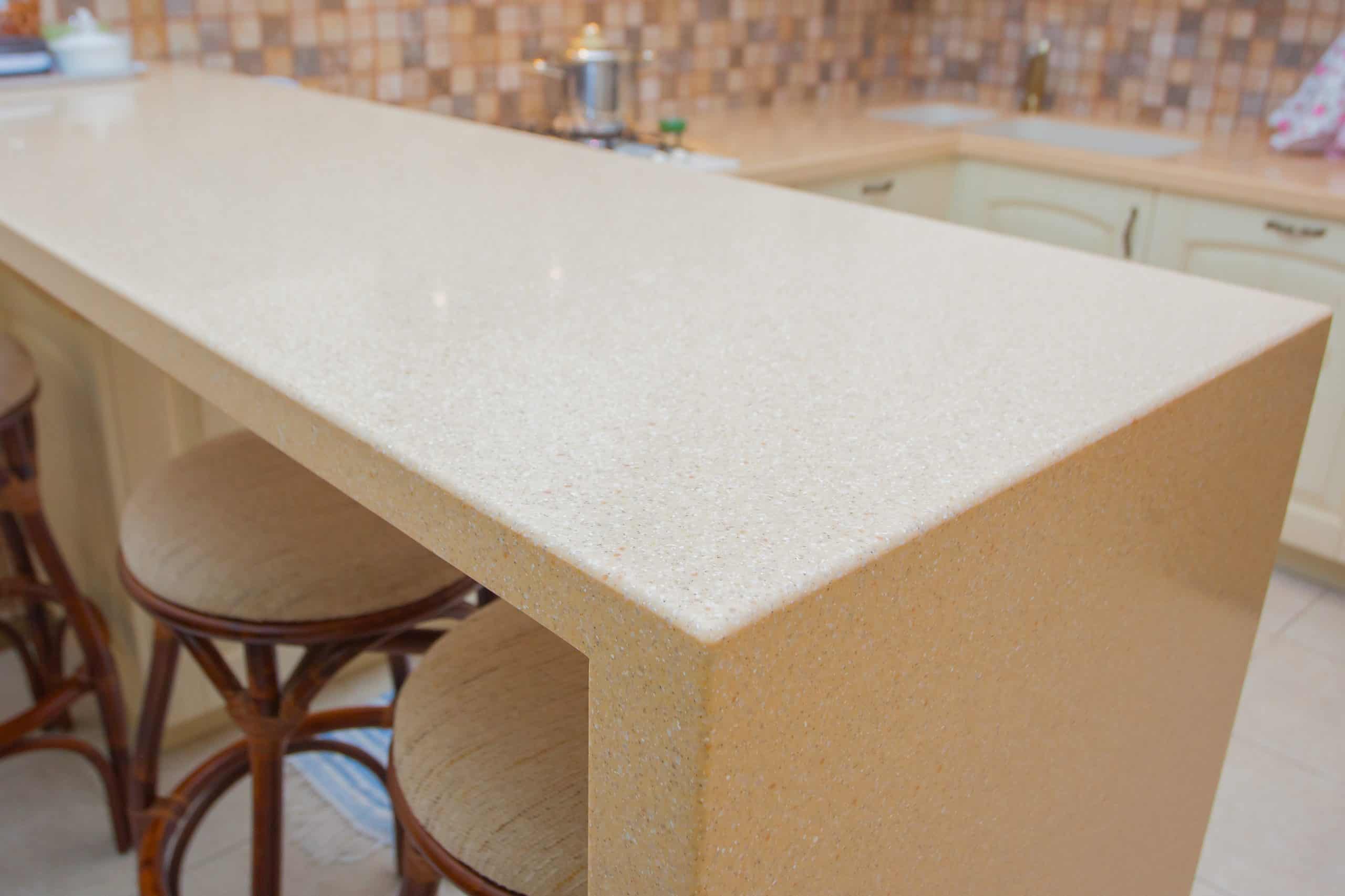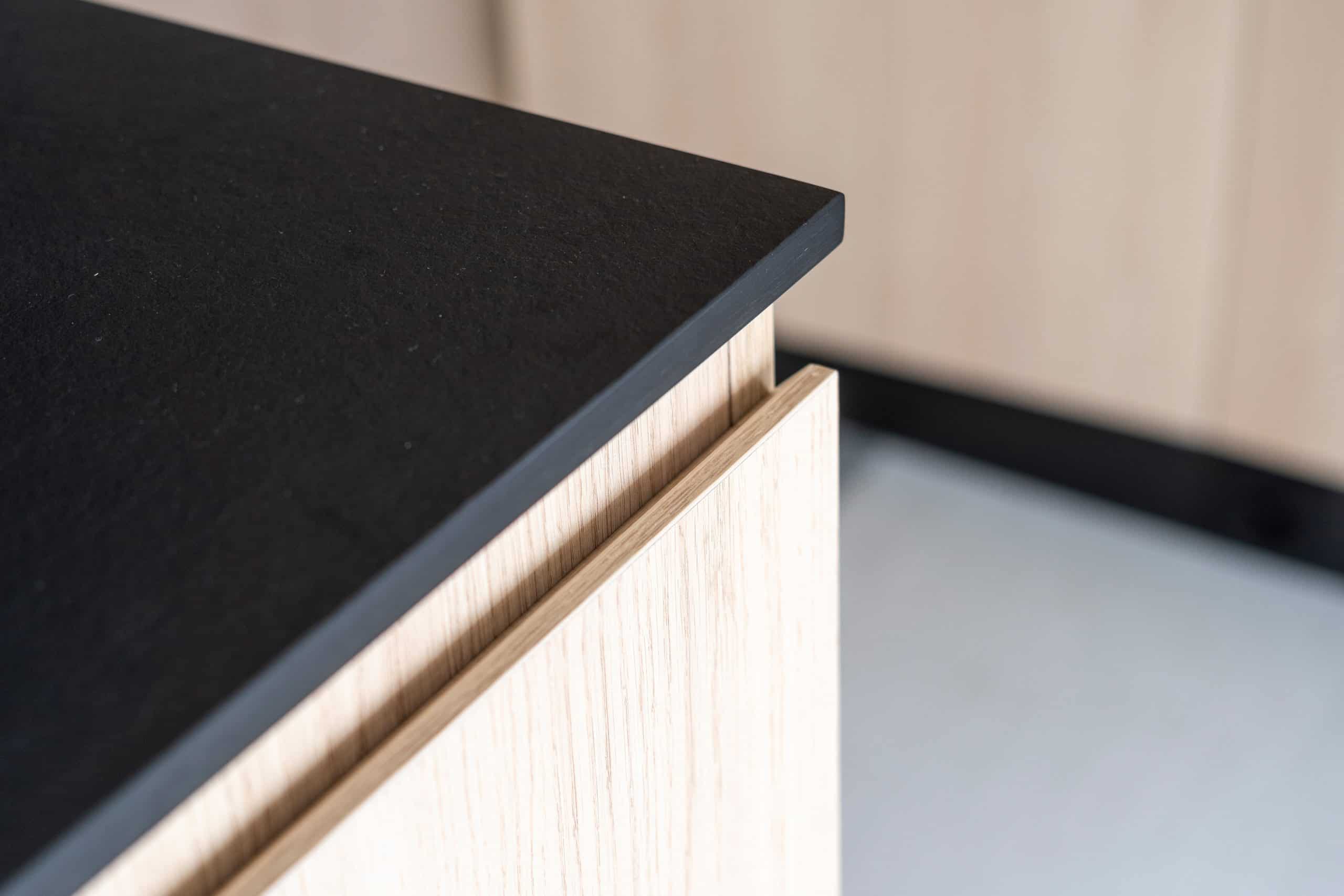Are your stone floors looking worn and dull? Diamond Stone Restoration Corp, serving New York City, restores the natural elegance of your stone flooring. We revitalize tile, marble, and other stone surfaces, making them a stunning feature of your space Tribeca and Astoria, NY.

Hear from Our Customers

We’re devoted to serving New York City and stone restoration. We understand the specific challenges and opportunities presented by properties in the region. Our team blends traditional craftsmanship with innovative technology for superior results. We prioritize client collaboration and open communication throughout the process. Our reputation for quality workmanship and personalized service makes us a respected choice for stone restoration.


Ready to get started?
Proper stone restoration is essential for maintaining the beauty and value of your property. Over time, stone floors can become dull, scratched, or stained. Our restoration process returns your floors’ original brilliance and protects them from further wear. Our skilled technicians in New York City use advanced methods and quality materials for exceptional results. Contact Diamond Stone Restoration Corp today for a consultation.

The area now known as Tribeca was farmed by Dutch settlers to New Amsterdam, prominently Roeleff Jansen (who obtained the land patent, called Dominie’s Brouwery, from Wouter van Twiller in 1636) and his wife Anneke Jans who later married Everardus Bogardus. The land stayed with the family until 1670 when the deed was signed over to Col. Francis Lovelace. In 1674 the Dutch took possession of the area until the English reclaimed the land a year later. In 1674, representing the Duke of York, Governor Andros took possession of the land.
Tribeca was later part of the large tract of land given to Trinity Church by Queen Anne in 1705. In 1807, the church built St. John’s Chapel on Varick Street and then laid out St. John’s Park, bounded by Laight Street, Varick Street, Ericsson Place, and Hudson Street. The church also built Hudson Square, a development of brick houses that surrounded the park, which would become the model for Gramercy Park. The area was among the first residential neighborhoods developed in New York City beyond the city’s colonial boundaries, and remained primarily residential until the 1840s.
Several streets in the area are named after Anthony Lispenard Bleecker and the Lispenard family. Beach Street was created in the late 18th century and was the first street on or adjacent to the farm of Anthony Lispenard Bleecker, which was just south of what is now Canal Street; the name of the street is a corruption of the name of Paul Bache, a son-in-law of Anthony Lispenard. Lispenard Street in Tribeca is named for the Lispenard family, and Bleecker Street in NoHo was named for Anthony Lispenard Bleecker.
Learn more about Tribeca.Local Resources
Useful Links
Ready To Restore The Beauty Inside Your Stone?
Contact us today!
Diamond Stone Restorations Corp
Company
Support
Useful Links